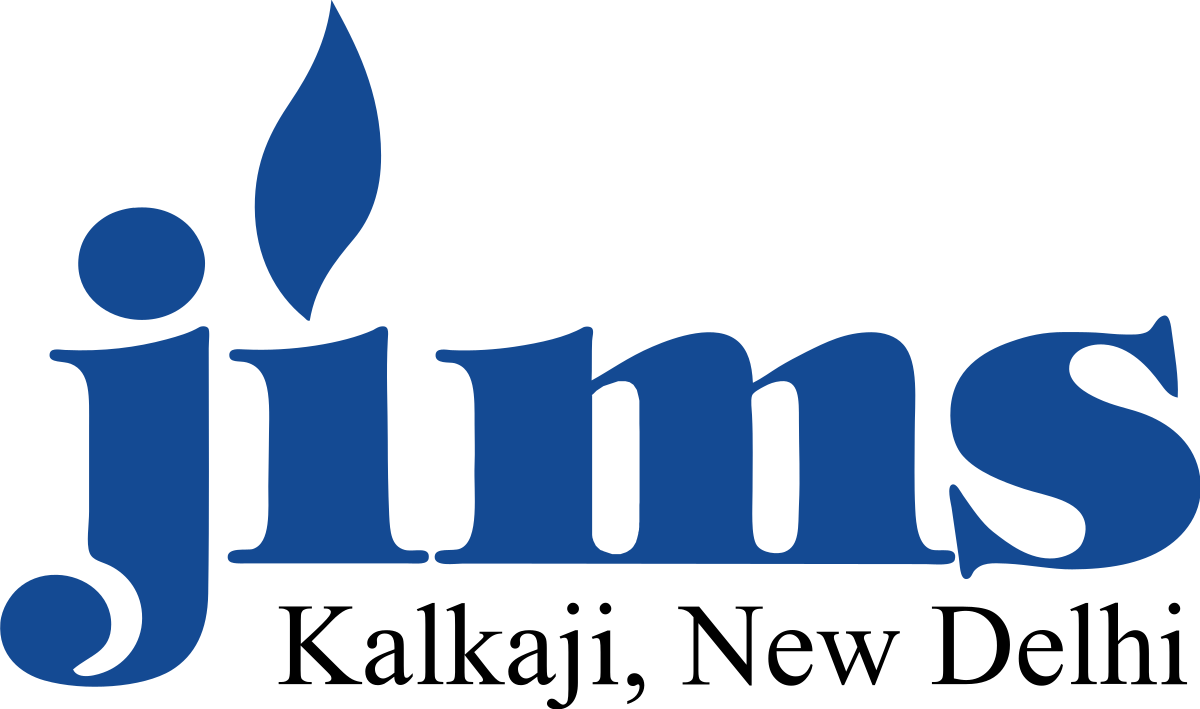
The World Trade Organization (WTO) is an multilateral international organization that deals with international trade laws between countries. The WTO agreements are negotiated between countries and and approved by most of the world’s trading nations, finally ratified by their respective parliaments.
The General Agreement on Tariffs and Trade (GATT) acted as a provisional agreement liberalizing world trade from 1948 to 1994. Uruguay Round of GATT was held to monitor trade and resolve trade disputes, to extend into several new areas like trade in services and intellectual property, and to initiate trade reform in the sensitive sectors like agriculture and textile. On its completion in 1994, the WTO came into being and began operations in 1995.
The WTO upon its establishment bought into focus many new areas like trade in services,intellectual property,Settlement of disputes and trade policy review through establishing agreements like General Agreement on Trade in Services(GATS) , Trade-Related Aspects of Intellectual Property Rights (TRIPS), Rules and Procedures Governing the Settlement of Disputes, and the Trade Policy Review Mechanism to document national trade policies. The Ministerial Conference (MC) is the WTO’s highest decision-making body, occurring every two years and bringing together all of the organization’s members.
Following the conclusion of the Uruguay rounds, the 4th Ministerial Conference in 2001 authorised a new round of discussions, the Doha Development Round or Doha Development Agenda. It encompasses over 20 different trade topics, including agriculture, services, commerce and the environment, geographical indications, and so forth. The agenda’s main goal is to give priority to the interests of developing countries. The agenda had been discussed at several Ministerial Conferences and WTO meetings before negotiations stalled in 2008 due to disagreements over agricultural export subsidies in both developed and developing countries, access to patented medicines, and the extent of special and differential treatment given to developing countries.
The Bali Package, which focused on lowering import tariffs and agricultural subsidies with the goal of providing more market access to developing countries, and the Nairobi Package, which included the introduction of the Special Safeguard Mechanism (SSM) for agricultural products for developing countries, are two examples of attempts to revive these Negotiations.
The WTO’s main goal is to liberalise global trade. To achieve this goal, the WTO adheres to two important principles: first, lowering tariffs and restricting quotas, subsidies, and other trade barriers and second, non-discrimination, which requires WTO members to treat all other countries equally.
At a Inter Class Debate organized by JIMS Kalkaji PGDM IB Students, the issues pertaining to developed vs. developing countries like India were discussed.The students also discussed in detail the contentious issues on which the negotiations are deadlocked.It was concluded that developing countries interests were best served by forming grouping with other countries with similar trade interests.
The goal of liberalisation and the application of these principles give the WTO three main goals in terms of global trade:
1) Serving as a single international platform for regulating global commerce — The World Trade Organization (WTO) acts as a single body for the standardisation and implementation of global trade laws through monitoring, negotiations, and dispute settlement. The World Trade Organization (WTO) improves bilateral and international trade transparency and efficiency through regulation
2)Protecting the interests of smaller and weaker nations from trade discrimination—The WTO’s Most Favored Nation and National Treatment Articles mandate that each WTO member must provide equal market access to all other WTO members, as well as equal treatment of domestic and foreign suppliers.
3) A bulwark of a globalised world order through trade liberalization—The World Trade Organization (WTO) (along with the Bretton Woods Institutions, namely the International Monetary Fund and the World Bank) plays a critical role in establishing a globalised world order through trade liberalisation.
India joined the General Agreement on Tariffs and Trade (GATT) and the World Trade Organization (WTO) in 1947. (WTO). India’s participation in a more rule-based international trade governance structure will boost stability and predictability, resulting in increased trade and prosperity.
India is a big supporter of service trade liberalisation and wants developing countries to have meaningful access. Ever India has unilaterally liberalised its services trade regime since the Uruguay Round, assuring food and livelihood stability, which is critical for a big agrarian economy like India.
India has supported giving geographical markers for commodities like Basmati rice, Darjeeling tea, and Alphonso mangoes the same level of protection as wines and spirits under the Trade-Related Aspects of Intellectual Property Rights (TRIPS) accord.India opposes the inclusion of non-trade issues that aim to implement protectionist measures in the long run.
JIMS, Kalkaji
For more information visit: https://www.jagannath.org/
